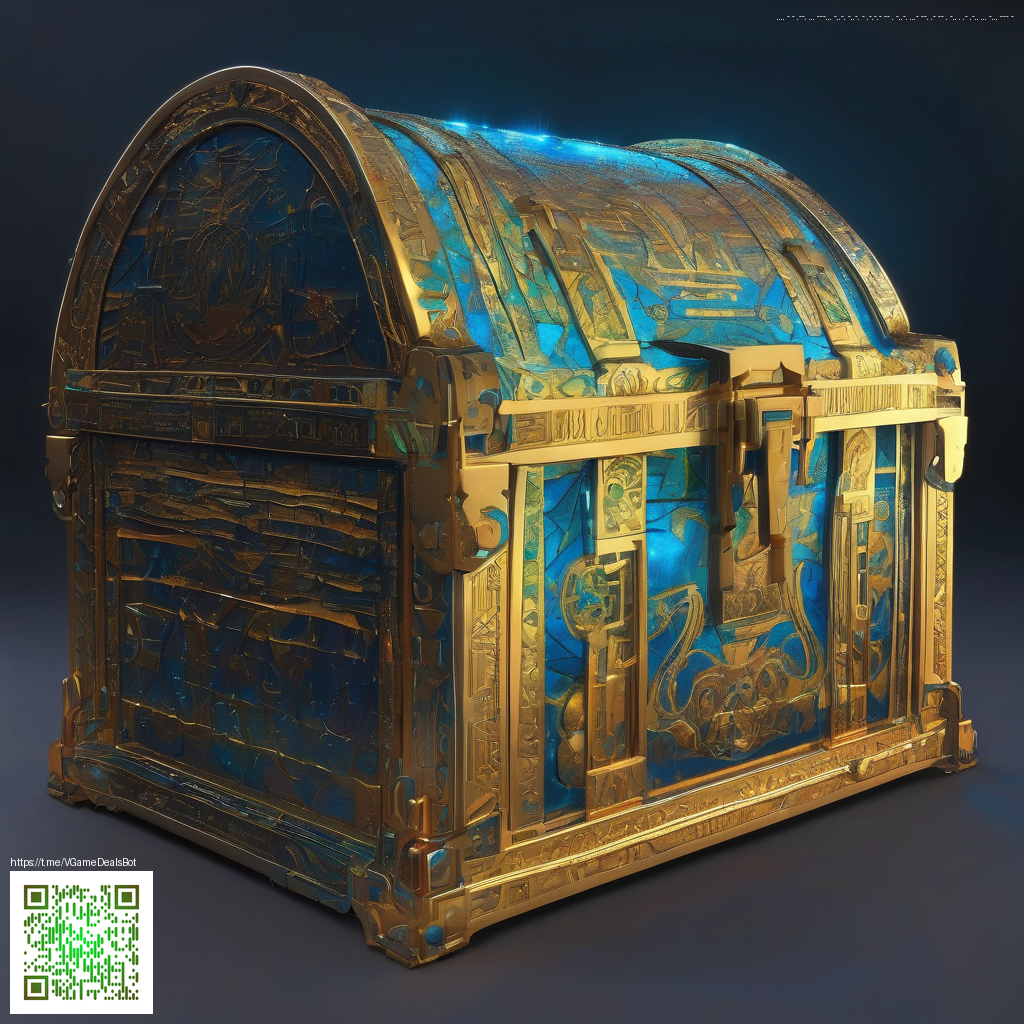
Magenta Wool Flooring Concepts for Builders
Bold color choices can transform a build from simple shelter to a vivid statement. Magenta wool offers a punchy yet versatile option for flooring that can anchor modern interiors, cozy taverns, or whimsical hallways. As you experiment with texture and light in your Minecraft world, magenta wool helps you define spaces with warmth and clarity without sacrificing playfulness 🧱.
This article dives into practical ways to use magenta wool as flooring across different builds. We cover patterns that read well in both small rooms and grand staircases, discuss how to balance the color with lighting and neutral tones, and share a few technical tips that keep your floors looking sharp through updates and world edits. If you love a little color in your dungeon or a bright accent in your villa, magenta wool deserves a closer look 🌲.
Block snapshot and practical notes
Before we pattern, a quick snapshot of magenta wool helps you plan quickly in survival and creative modes. This block is a colored wool with sturdy enough build feel for floors, yet soft to the touch visually. It blocks light as an opaque surface and does not emit light on its own, making it a reliable base color for rooms that rely on lamps or underfloor lighting for glow. It drops as a magenta wool item when mined, so you can relocate or replace sections as your builds evolve.
- ID magenta_wool block 142
- Name Magenta Wool
- Hardness 0.8
- Blast resistance 0.8
- Stack size 64
- Diggable true
- Material wool
- Transparent false
- Emit light 0
- Filter light 15
- Default state 2095
- Drops 1 magenta wool
Patterns that sing with color
Solid magenta floors are dramatic in the right space. A uniform surface can feel modern and bold, especially when paired with white, light gray, or pale wood accents. If the room has a tall ceiling, the uniform hue can make the space feel taller and more cohesive. When you want a bit more depth, consider these pattern ideas built around magenta wool.
Checkerboard balance with neutrals
One straightforward approach is to pair magenta wool with light neutral blocks such as white concrete, light gray concrete, or pale plywood. A checkerboard pattern using magenta and a neutral tone can soften the intensity while maintaining a lively vibe. This technique is particularly effective in kitchens, entryways, and craft rooms where you want color without overwhelming the eyes. Use this method to guide foot traffic and highlight pathways through larger builds 🧱.
Herringbone and diagonal gains
For a touch of architectural polish, try a herringbone style using magenta wool and a contrasting third color like gray or white wool. The zigzag creates movement that reads beautifully in long corridors or lofted galleries. If your build has a rustic or medieval feel, a diagonal stripe running along the edge of a room can echo timber beams while still allowing magenta to stand out as an accent.
Patchwork and mosaic vibes
Magenta wool can participate in a larger mosaic mosaic of color when combined with another wool hues or pixel blocks. A small mosaic floor can become a focal point in a shop, library, or theater lobby. Start with a simple repeating motif and scale up to a larger tile-based layout as you gain confidence. The result is a floor that reads as a custom texture rather than a flat color block.
Lighting considerations and color balance
Because magenta wool does not emit light, you’ll want to plan lighting to avoid shadowy patches that dull the color. Consider hidden underfloor lighting with glowstone or lanterns tucked behind thin slabs or carpeted sections. If your build has windows, position magenta flooring to catch ambient daylight in key areas so the color feels warm rather than harsh. Soft white lighting tends to balance magenta well, letting the room glow without overpowering the palette 🧭.
Workflow tricks for builders and world editors
In practice, magenta wool shines when you combine it with a clear plan. Use layout diagrams or pattern stencils in your world to map the floor before laying blocks. For large builds, consider placing a temporary magenta carpet in the intended area to test the feel before committing to a full wool floor. If you build in creative mode, you can easily swap textures to preview how magenta works with different wall colors and furniture. This approach helps you iterate quickly and invites experimentation without costly rework.
Compatibility with builds and modded aesthetics
Magenta wool pairs gracefully with a wide range of materials from polished diorite and quartz to dark oak planks and blackstone. In modern builds, a magenta floor can anchor a minimalist space or heighten a vibrant zen room. For players exploring mods or data packs that expand color palettes, magenta wool remains a reliable baseline color that can adapt to new blocks and lighting types. The result is a flexible flooring option that travels well between vanilla worlds and modded environments 🛠️.
Whether you are crafting a boutique, a library, or a futuristic hall, magenta wool floors invite creativity while keeping the construction process approachable. The color is bright enough to energize a room yet controllable enough to avoid sensory overload when used with restraint. As you prototype, remember that magenta is a powerful accent color and can unify a space when used thoughtfully with trim, furniture, and ceiling design.
If you want to support more guides like this and keep the Minecraft community thriving, your support makes a big difference. Consider contributing to our ongoing projects so we can explore even more color driven floor ideas and practical build tips for builders at every level 🧱💎.
Support Our Minecraft Projects